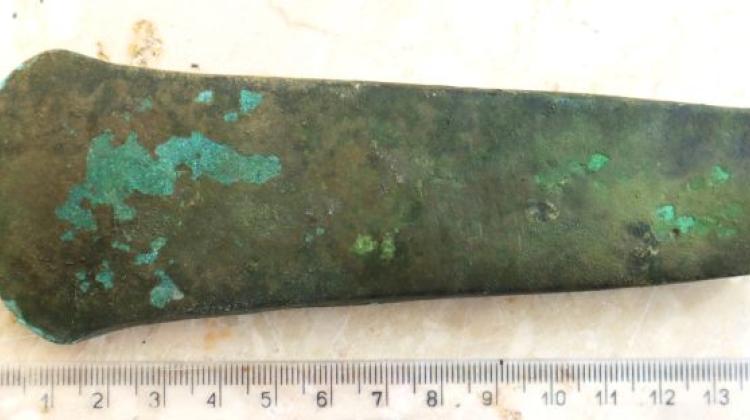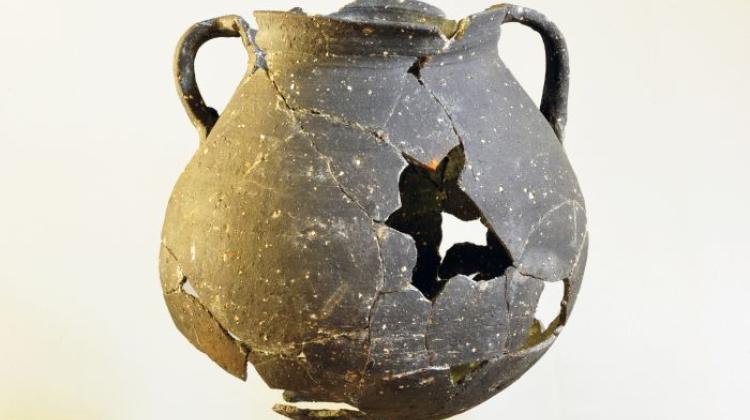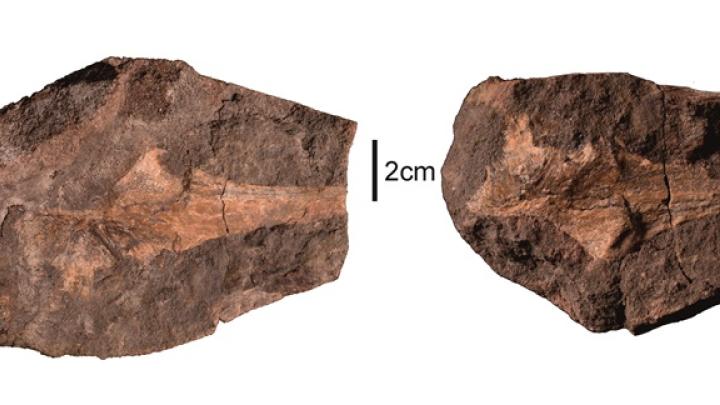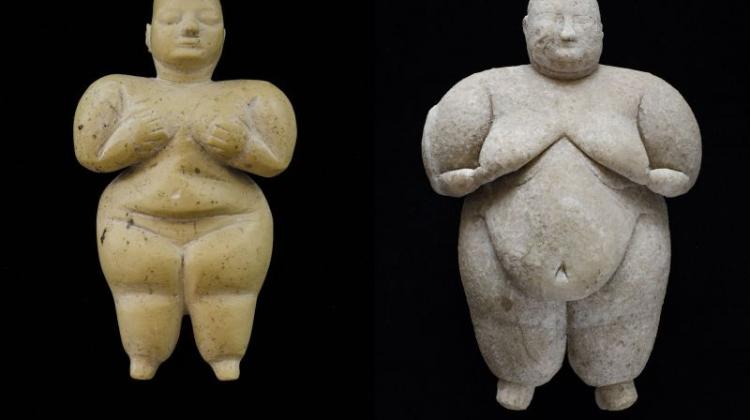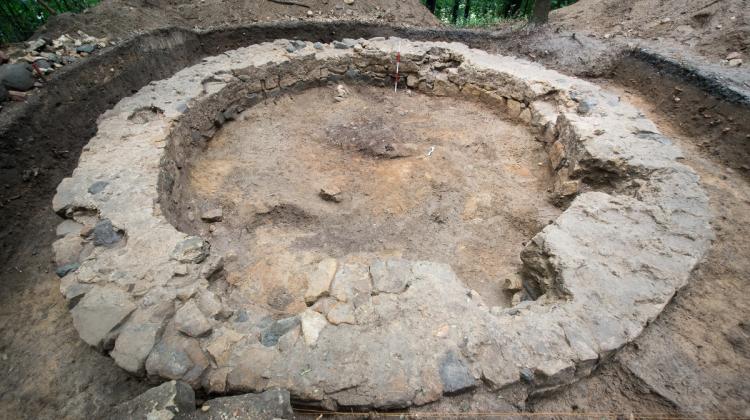Vistula in Warsaw reveals sunk loot from the seventeenth century
 PAP © 2012 / Tomasz Gzell
PAP © 2012 / Tomasz Gzell
The low level of water in the Vistula River in Warsaw facilitates the work of archaeologists, who extract from the river bed the loot sunk during the Swedish invasion in the seventeenth century, including marble floors, stairs, railings.
Dr. Hubert Kowalski of the Institute of Archaeology, Faculty of History, University of Warsaw told PAP that the researchers extract mainly pieces of architecture and sculptural decorations from the seventeenth century.
"Until now, we knew about the Swedes looting archives, works of art, paintings, sculptures. No one thought that they were also taking pieces such as floors, stairs, railings, even an entire staircase" - said Kowalski. "We have a part of a fountain, huge lintels weighting kundreds of kilograms, pieces decorated with Vasa coat of arms" - he added.
He believes that the finds are invaluable. "These is quality marble, also taking into account the class of art" - he said. He emphasised that water, sand and mud quite preserved the pieces, which have rested at the bottom of the river for more than 350 years. "You have to remember that already in 1906 sand diggers pulled out some of these items. It\'s not that no one knew what lies at the bottom of the Vistula" - he noted.
The finds come from the sunken Swedish boats. "We know from archival records that several Swedish boats, at least one of them in 1655 or in 1656, sunk at this spot" - said Kowalski. He added that the boats could hit the shallows, or a stone, or be sunken by the Swedes themselves, who knew that the low water level would not let them transport the stolen items.
He emphasised that it is difficult to determine what percentage of what lies at the bottom of the Vistula River has already been extracted. "We assume that a single boat could carry several tons of goods: 20, 30, maybe even up to 40 tons. Including all the previous finds, we still have not reached 20 tons" - said Kowalski.
He admitted that the sizes of the found objects could make it difficult to display them in museums. "We all hope that the Royal Castle will take care of them. It is an ideal place to integrate them, for example near Kubicki Arcades" - he added.
He also stressed that strolling on bare bottom of the river can be dangerous. Low water level also revealed a mine from World War II.
Kowalski said that the interdisciplinary Vistula River bottom survey project started in 2009 "We would wait, if we knew three years ago that the water level in the Vistula River would be so low" - he said. He stressed, however, that the devices the researchers use also work used at higher water levels.
PAP - Science and Scholarship in Poland
kno/ malk/ jra/ mrt/
tr. RL
Przed dodaniem komentarza prosimy o zapoznanie z Regulaminem forum serwisu Nauka w Polsce.


